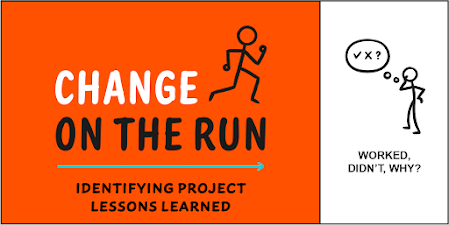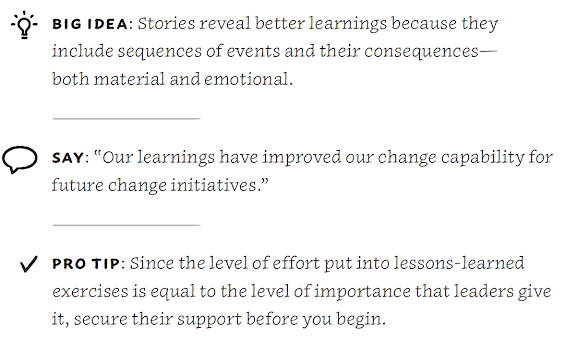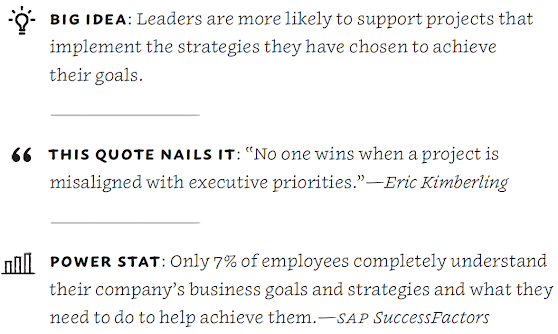This post's podcast episode is available at Sounder, Apple Podcasts, Google Podcasts, Stitcher and Spotify.
When you are short of time, here is the one action that will give you 80 percent results in 20 percent of the time.
DO THIS
Communicate progress constantly.
BY DOING THIS
– Celebrate and reward all milestones achieved.
– Highlight the work behind these achievements.
– Communicate activities leading up to the next milestone.
Your project competes for awareness, interest and engagement. Momentum is a way to stay relevant and maintain leader and employee commitment, focus and effort. You can build momentum through information and recognition. Make a big deal out of milestones achieved. Remind people of what the milestone is for, why it’s important, the hard work that went into achieving it and what’s required to accomplish the next one.
Establishing a rhythm and cadence of information-sharing and recognition will build support, and even excitement, around your project. People will be keen to contribute to its success because they will see it as a winner and a source of personal pride. Everyone wants to contribute to a winning team.
Small gifts have symbolic value because they are tangible reminders of achievement and appreciation for it. Being specific about contributions makes them more meaningful.
KNOWLEDGE BITES
COMMUNICATION PLANNER: How can I build momentum throughout the project with communication?
SUCCESS TIP
Book time in leaders’ calendars for all milestone updates at the beginning of the project to avoid schedule conflicts.
The Change on the Run: 44 Ways to Survive Workplace Uncertainty book is now available. Go to http://www.changeontherun.com or your favourite bookseller for more details.
#changemanagement #change #management #business #leadership #leadershipdevelopment #transformation #projectmanagement #teameffectiveness #engagement #changeontherun





















